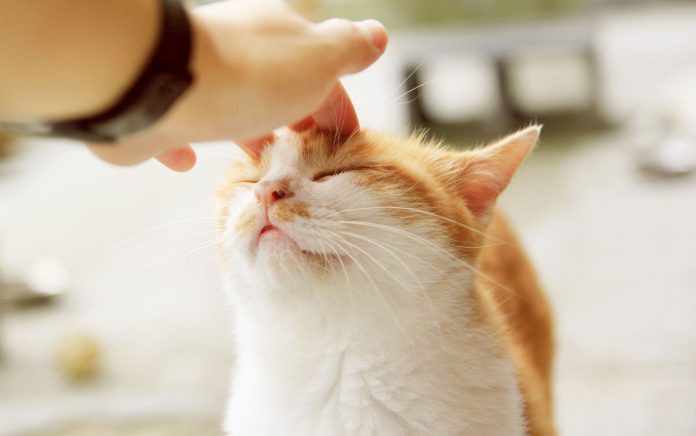Cats in general are not prone to drooling. A cat may salivate or drool for many different reasons.
A cats’ drool doesn’t look like dog drool (i.e. long wisps of saliva); instead, you may see a single droplet of saliva dotting the area below your cat’s mouth, as cats are decidedly less messy droolers than dogs. But why do cats drool in the first place?
There are several reasons why a cat may have this reaction. Some of these reasons are serious enough to require immediate vet care, but others are relatively harmless and the drooling will disappear when the situation causing the behavior ceases. Here’s a breakdown:
1.Dental disease
There are some conditions, like dental disease, that produce irritation of the mouth. In those cases drooling is an effort to remove or sooth the irritation in the mouth or throat. Dental disease is a common cause of excess drooling. As many as 85% of cats over 3 years of age have tooth or gum disease. The saliva that results may be blood tinged or smell unpleasant.
2.Tumours
Tumours in the mouth may cause drooling. There are often other signs such as pain when eating, bleeding or pawing at the mouth. Squamous cell carcinomas are the most common oral tumors in cats and these sadly carry a poor prognosis, as they usually are locally invasive and full surgical removal is made difficult or impossible due to the location.
3.Joy
Some cats may drool when they are extremely relaxed and enjoying being petted or cuddled. This is not uncommon and merely indicates a physiologic response to happiness. Similarly some cats may drool when they are asleep, probably because they are so relaxed. Think of it like that small wet spot you find on your pillow after a sound sleep. This type of drooling is often an indication of a happy cat.
4.Foreign bodies
Less frequently, excessive drooling may be due to a foreign body. Cats may swallow a blade of grass, a sewing needle or a small fish bone and this object can become lodged in the mouth or esophagus. They may paw at their mouth or try to vomit but the bottom line is swallowing is uncomfortable and the cat will not swallow normally.
5.Kidney and liver disease
With kidney and liver disease toxins build up causing nausea. Other signs may include: behavioral changes, poor appetite, weight loss, excessive thirst and urination, vomiting and diarrhoea. Cats with liver disease may have yellow tinged gums or skin. With kidney disease toxins can cause ulcers in the mouth. These are often painful and cause drool that is foul smelling.
6.Fear
Some cats drool when they are very excited, upset or fearful. Nausea and the apprehension that precedes vomiting often result in drooling. Motion sickness may be a result of driving in a car or apprehension. In either event, it generally stops at the end of the ride. If your cat drools out of apprehension it will not persist.
7.Oral cancer
Although much less common than dental or viral inflammation, some cats do develop oral cancers that can occur anywhere from the tip of the tongue to the back of the throat. These conditions result in excessive and ongoing drooling. This is an indication that your cat should have a complete examination from your veterinarian with particular emphasis on oral conditions.
8.Neurological disease
Damage or paralysis of the cranial nerves responsible for controlling swallowing is possible but very rare. Seizure activity may inhibit the ability to swallow leading to drooling before, during or after a seizure.
9.Trauma
Broken teeth or jaw fractures may lead to pain and drooling. An array of foreign bodies such as wood chips and fish hooks may cause trauma as well, leading to similar signs. If your cat likes to chase or eat insects, then a sting or bite may result in oral pain, inflammation and once again drooling.
































